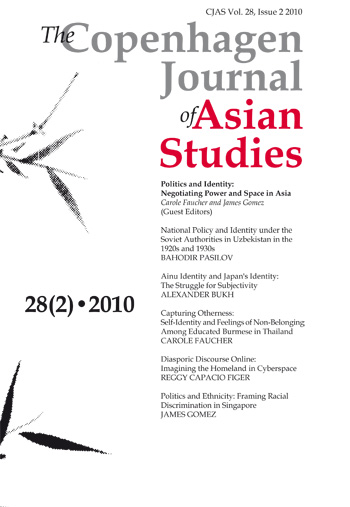National Policy and Identity under the Soviet Authorities in Uzbekistan in the 1920s and 1930s
DOI:
https://doi.org/10.22439/cjas.v28i2.3427Keywords:
Soviet national policy, Uzbekistan, national identification, national minorities, ethnographic groups, tribesAbstract
This article addresses the national policy of Soviet authorities in Uzbekistan in the 1920s and 1930s. It also studies the 'consolidation' of different tribes and ethnic groups in the process of establishing the national socialist republics and forming the 'socialist' nations and peoples within the framework of these states. The Soviet power considered the 'consolidation' of different tribes and ethnic groups as an important step in the construction of national socialist states. Certain tribes such as kipchaks, kurama, kongrats, mangits and others disappeared as a consequence of such consolidation. This article discusses how the national identification of 'socialist nations' was carried out by the introduction of 'socialist values' in the culture and life of local populations, different ethnic groups and tribes, which resulted in the dilution of self-identification as well.Downloads
Published
2012-01-31
Issue
Section
Articles


